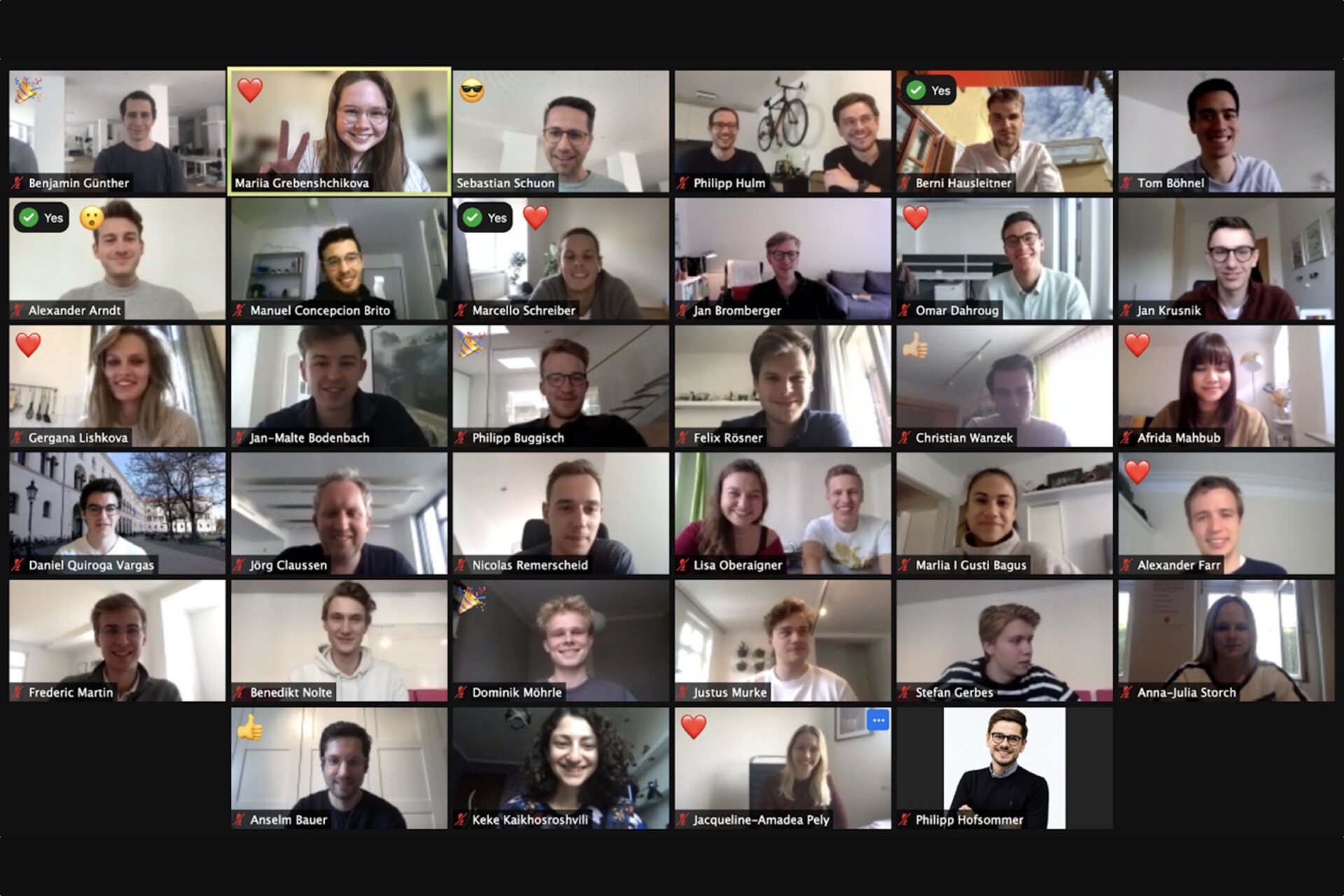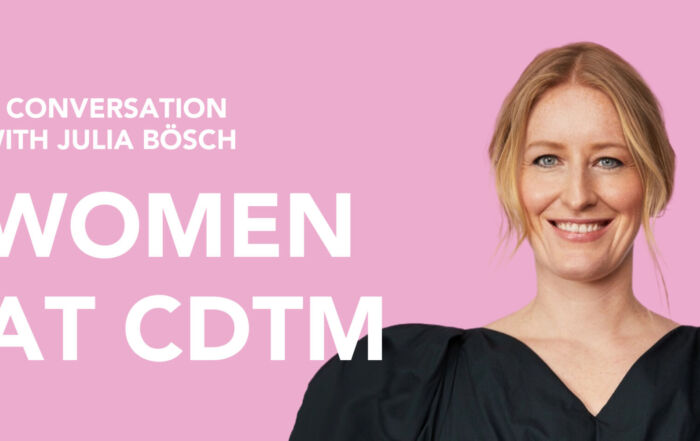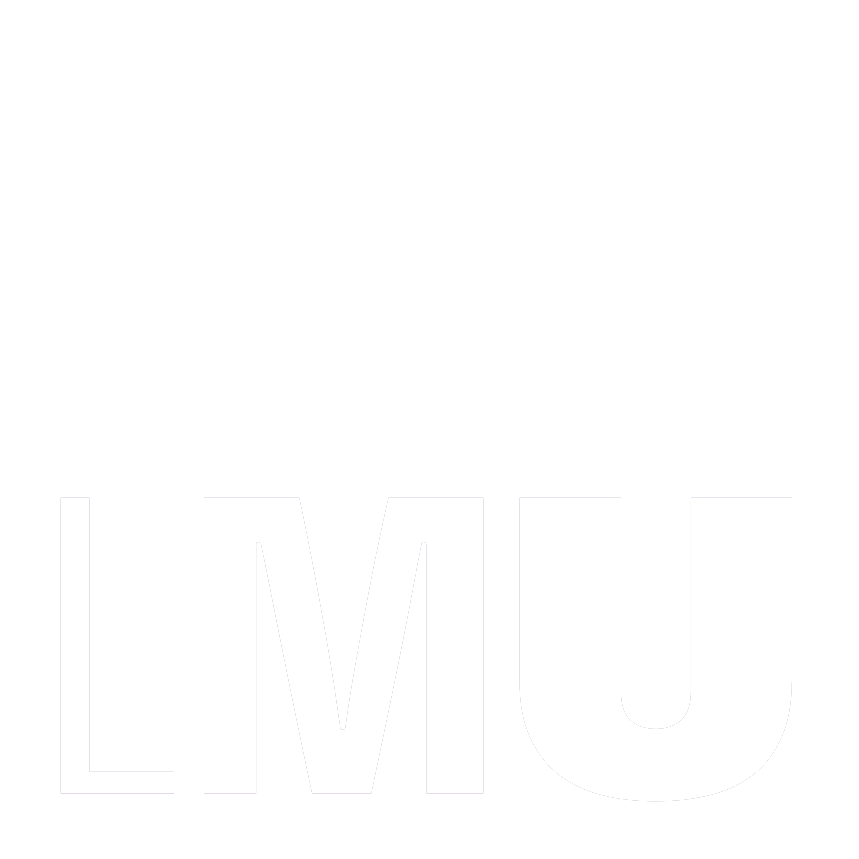Building an effective organization is a huge challenge and 90% of startups fail in the attempt to do so. Although there is always lots of luck involved, there are also some principles and frameworks that might make this attempt more structured and successful. And who could talk about these methods better than people who actually worked with them. Through the effective organization building elective, we had the chance to get first-hand insights from the CDTM alumni, former Stylight, now Alasco and finn.auto founders. Having gone through the process themselves, they were able to show us what was most useful to them in practice and compiled a crisp, enjoyable weekend in which we got one step closer to building an effective organization ourselves.
What are the electives at CDTM?
When reading this, you might already know that one of the core values of CDTM is to challenge and support. One way of how we are pursuing this value is by organizing electives, in which CDTM alumni can connect with other active students and share their experiences. These electives are usually designed and conducted by Center Assistants, to complement the knowledge gained by students during the core courses with an opportunity to delve deeper into specific areas.
What did we learn?
Every session of the 2-day workshop, was devoted to particular frameworks and hands-on toolkits founders use in their companies every day, as well as stepping stones and pitfalls they encountered on a way of founding and scaling.
We were able to not only understand a proven framework for building effective organizations, we were also shown how it applies in practice. Working on our own ideas, we were able to try out the input right away. So, what exactly did we learn?
Day 1
Starting the elective as we would most probably also start a company, at day one we learned how to analyze a market and how to define a target audience. Trying this out, we defined a persona for our own idea based on demographics, their environment, motivation, key traits etc. This helped us to understand how a potential customer could look like in concrete and get a better picture of how to target them. Knowing who we wanted to address and how, the next step would then be to build a company culture, define a core purpose, strategic mission and the so-called BHAG. While the core purpose could be summarized as a crisp, big 1-sentence goal, the strategic mission would define how to accomplish this goal. Lastly, the BHAG (big hairy audacious goal) should really be a great mission, like for example “put a man on the surface of the moon and return him safely to earth” for NASA. Building upon this thorough groundwork and broad vision, we went on to define actionable details on day 2.
Day 2
We’ve already learned the basics of building an effective organization, and have the most ambitious BHAGs. But how do we reach our BHAG? This is what we learned on day 2 of the elective.
How do we achieve our goals and change the world?
Enter Objectives and Key Results(OKRs). Pioneered by Intel’s Andy Groove and made holy by Google, OKRs have helped countless startups change the world. Enough of the name-dropping, what are OKRs?
The Objective is your goal, i.e. what you want to achieve. From that, you derive 3-5 Key Results, which are the “how” you plan to achieve your goal. Key Results must be quantifiable and serve as clear goalposts to achieving your goals. OKRs are drafted together with the management and the respective execution team. Revisit your OKRs often, and draft new ones every quarter. An excellent OKR completion score lies around ~60%, a higher score means it was too easy to achieve, and lower, well there is room to improve.
We also covered the basics of finance and legal for VC backed companies, where we learned the basics of an investment process, such as the differences between post- and pre-money valuations and how to structure a management board. Most importantly, we learned how to manage investor relations.
Final presentations
The final day of the elective was devoted to pitches each team prepared as part of deliverables. For example, teams had to come up with strategic missions they would like to pursue. What are they?
- MedFix – “Bringing innovation to the world”
Mission: MedFix empowers medical device companies to focus on innovation through automation of licensing processes. - ProperBird – “Empowering home sellers”
Mission: ProperBird empowers home sellers to be in control to take action and to feel self-confident when making their biggest financial transaction in their life.
- Slease – “Office subleasing at ease ♥️”
Mission: Slease connects individuals and companies to flexibly (sub)lease office space and removes organizational and bureaucratic burdens.
- ai – “Empower the world to unfold the full potential of AI across all domains”
Mission: TUM.ai is a student initiative that connects students with companies and other relevant stakeholders to facilitate the applications of AI across domains to drive positive impact through interdisciplinary projects.
- Jicama – “Your entry to a self-determined digital world”
Mission: Building a leading platform that empowers users to own, manage and monetize their generated data while connecting companies to the most attractive customer groups increasing the value of data for all sides. - Loc-F – “Your seamless and sustainable delivery”
Mission: Loc-F enables local stores to offer instant and sustainable delivery to conscious e-shoppers through autonomous vehicles.
- Vento – “Exceptional housing at a fraction of the costs”
Mission: Vento wants to democratize the second home market by reducing cost and effort of homeownership to a minimum.
- Saily – “Sustainable transatlantic travel via sailing boats”
Mission: We enable travelers who are conscious about climate change to explore the world with innovative sailing boats.
Shout-out to lecturers, CAs, and jury! (Maria)
We would like to express gratitude to:
- Lecturers-coaches, who shared their free time and personal experience;
- CAs, who made the elective possible;
- VC-Jury, who provided a valuable feedback during pitches.
Lecturers: Anselm Bauer, Benjamin Günther, Max-Josef Meier, and Sebastian Schuon
CAs: Philipp Hulm, Amelie Pahl
VC-Jury: Florian Reichert, Robin Godenrath (Picus Capital), Rainer Märkle (HV Capital)







